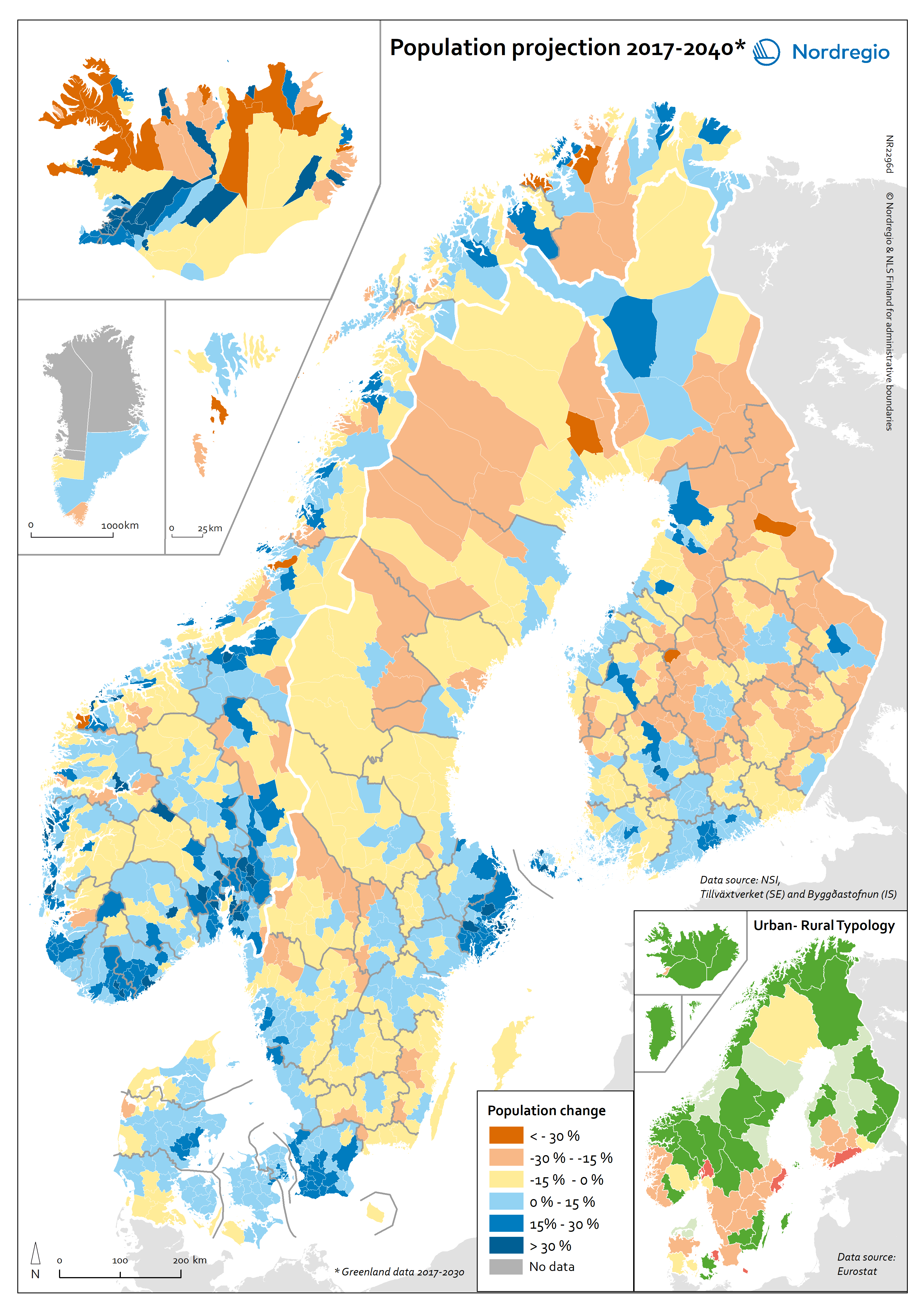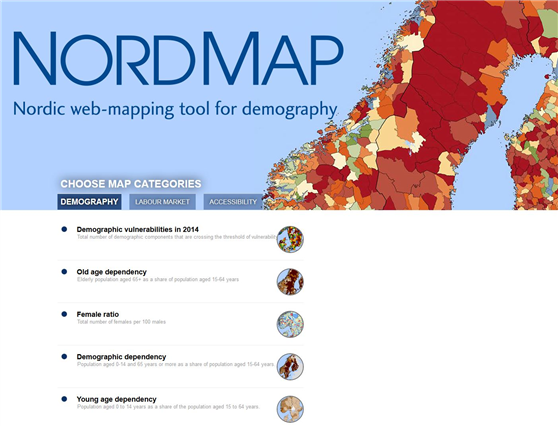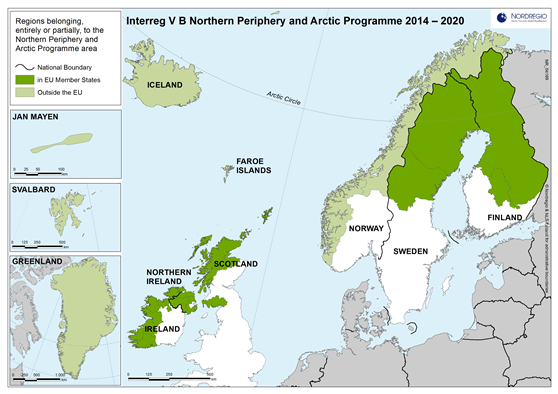21 Maps




Population projection 2017-2040
This map shows the expected population change in Nordic municipalities by looking at the change between 2017 and 2040. The colours on the main map indicates the percentage of population change at municipal level between 2017 and 2040. Shades of red indicate a population decline, whereas shades of blue indicate a population increase. The colours on the regional map (bottom-right corner) indicates the type of region according to the Eurostat’s urban-rural typology (see: http://nordregio.org/maps/urban-rural-typology-of-nordic-regions/): shades of red indicate predominantly urban regions, yellow for intermediate regions and shades of green for predominantly rural regions. In the two types of regions classified as predominantly rural (“light green” and „dark green“ regions), population growth largely remains concentrated in larger towns and their suburbs. This is particularly the case in Sweden and Finland. For instance, the regional capitals Östersund in Jämtland (SE) and Seinäjoki in South Ostrobothnia (FI) are expected to have larger populations in 2040 than today, while most other municipalities in these regions will decline. In Norway and Iceland, a somewhat more nuanced pattern applies. Here population growth is not only expected in regional capitals and other larger towns, but also in some smaller and more remote municipalities. In Denmark, finally, population growth is expected for large parts of the country until 2040, in more rural and urban areas alike. Population loss is only expected in some of the most remote municipalities at the Northern, Eastern and Southern borders of the country. While the population loss in rural regions is hence expected to continue across the Nordic Region, it appears to be more pronounced in some countries than in others. In the predominantly urban (“red”) regions, the opposite pattern applies: With very few exceptions, municipalities in these regions are expected to experience a growth in population numbers until 2040.
2020 September
- Demography
- Nordic Region

Change in working age population 2019-2040
This map shows the projected working age population change at municipal level during the period 2019-2040 While the total population of the Nordic Region is projected to grow by 8% to 29.5 million by 2040, the growth of the working-age population (15–64 years) is expected to be more modest at 1.5%. The working-age population also referred to as the potential labour supply, refers to all people in the population aged 15–64 years. It is a potential supply because it includes all those who fit the age requirement, despite some not actually being available for the labour market (e.g. full-time students, those with long-term illnesses or disabilities that affect their ability to work). The potential labour supply at the local level is constantly shifting due to trends such as ageing, migration and urbanisation. The red areas on the map indicate a projected working-age population decline and blue areas an increase. The yellow areas indicate a stable development. On a national level Greenland (-16.2%), the Faroe Islands (-6.6%), Finland (-3%) and Denmark (-2%) are projected to see a decrease in the working-age population, while increases are projected in Sweden (4%), Norway (4.6%), Åland (9.1%) and Iceland (10.9%). It is worth noting that, even in the parts of the Nordic Region where the working-age population is expected to shrink, the projections are less severe than the EU28 average (-6.5%). Greenland and Faroe Islands are the only exceptions. At the municipal level, the variation is even more striking with the majority (72%) of Nordic municipalities projected to experience a decrease in the size of the working-age population. As Figure 6.2 shows, this trend is most pronounced in Finland (decline of the working-age population in 90% of the municipalities) and Denmark (81%) and less apparent in Sweden (67%), Iceland (64%) and Norway (61%). Most of…
2020 February
- Demography
- Labour force
- Migration
- Nordic Region


Transnational co-operation
Transnational Cross-border Programmes in Northern Europe for the period 2014-2020 (Interreg V B). The map shows the geography of the cooperation regions and areas in the implementation of the programmes, i.e. North Sea Region, Baltic Sea Region, and Northern Periphery and Arctic Region.
2016 January
- Arctic
- Europe
- Nordic Region
- Territorial cooperation

Nordic cross-border co-operation committees
Co-operation Committees funded by the Nordic Council of Ministers in 2015 The Nordic countries have a long history of cross-border co-operation. In parts, this co-operation has been carried out through regional cross-border committees which cooperate across the state borders. The activities of some of these committees have been going on since the 1960’s. The aim of the committees are increasing growth and development of the actual border region, building on the concept that bigger, dynamic and well-integrated regions will be able to retain and attract companies and people for further growth and development.
2015 February
- Nordic Region
- Territorial cooperation

NATO and CSTO in 2015
2015 February
- Other
- Others
- Territorial cooperation












